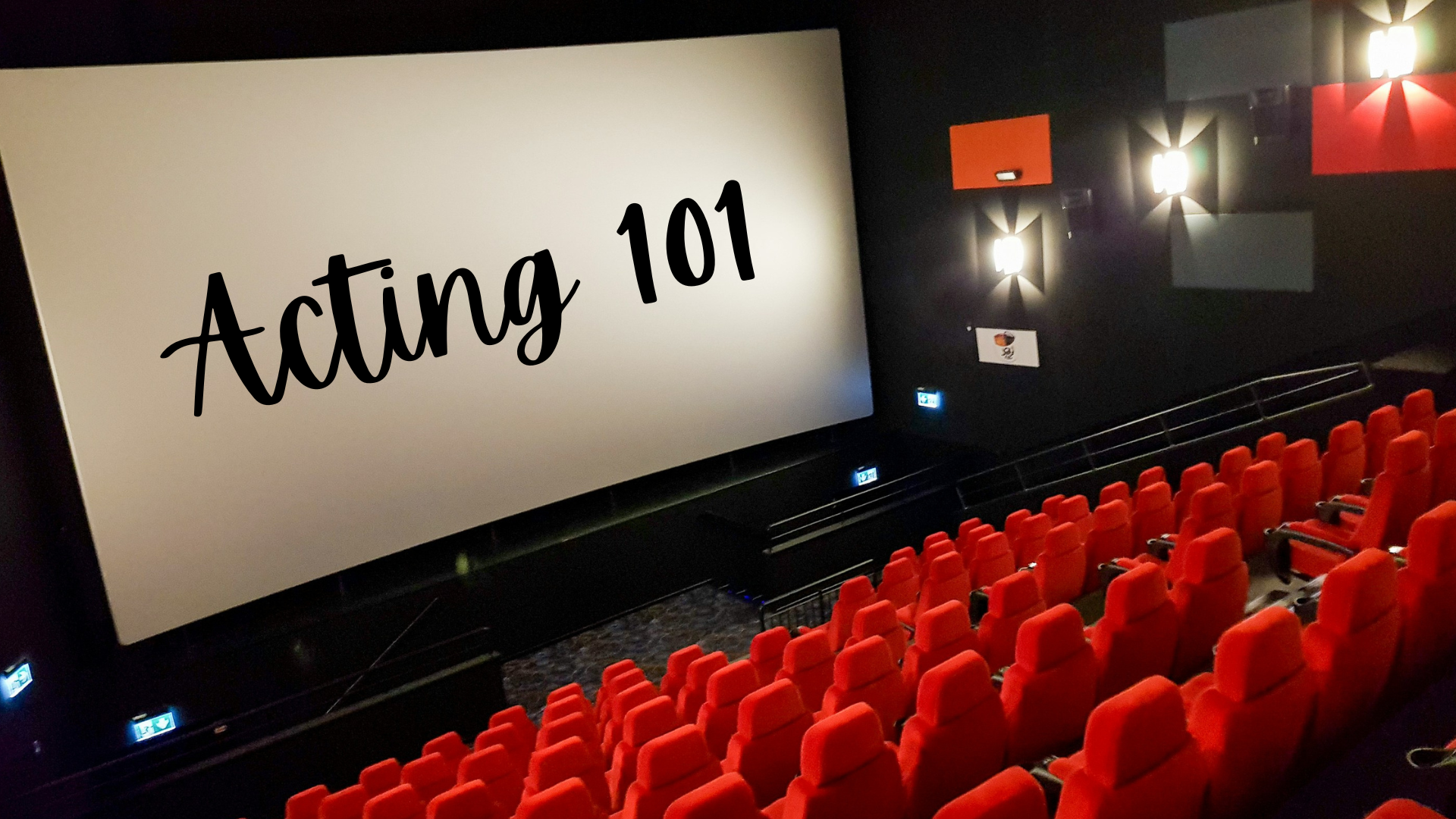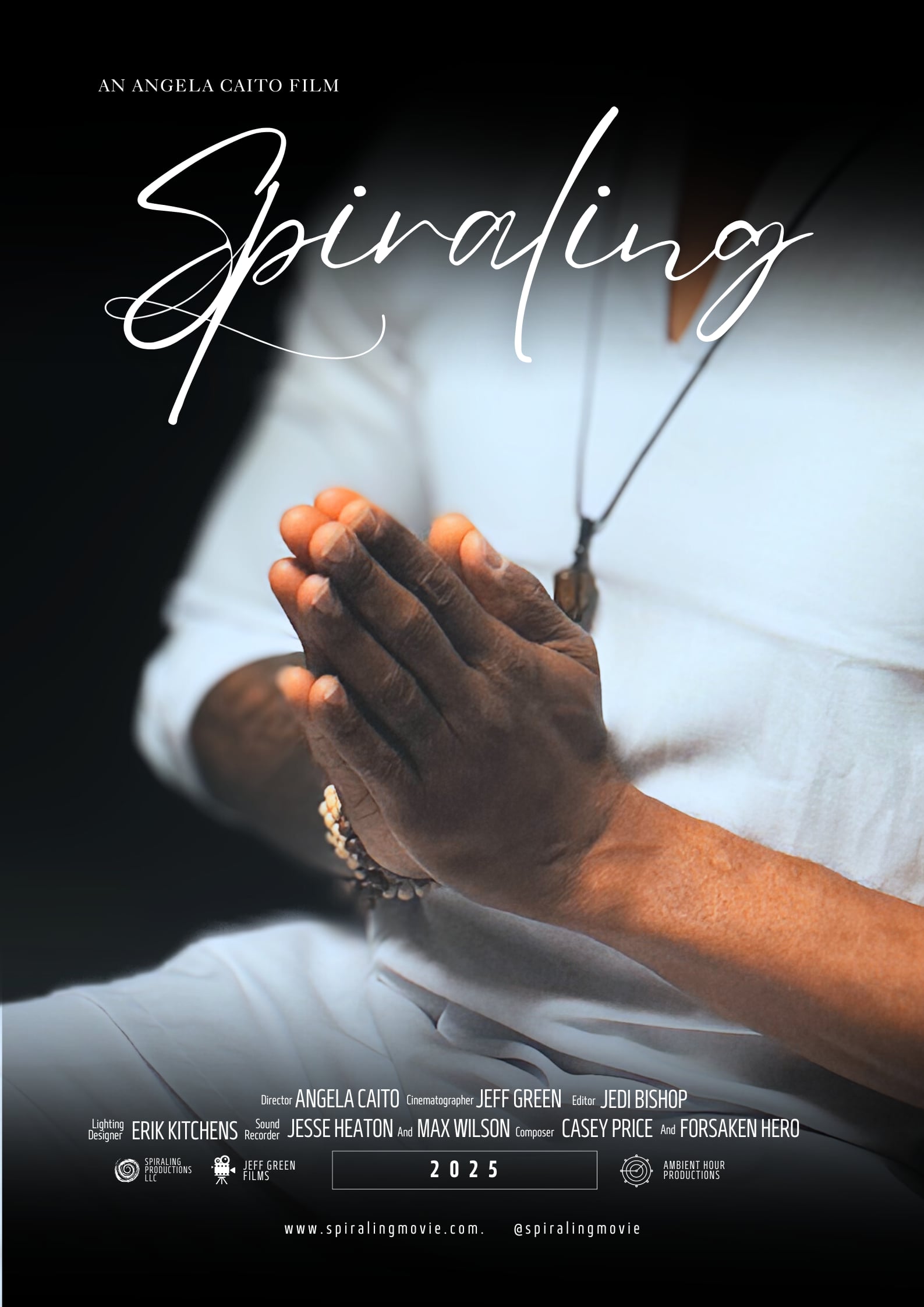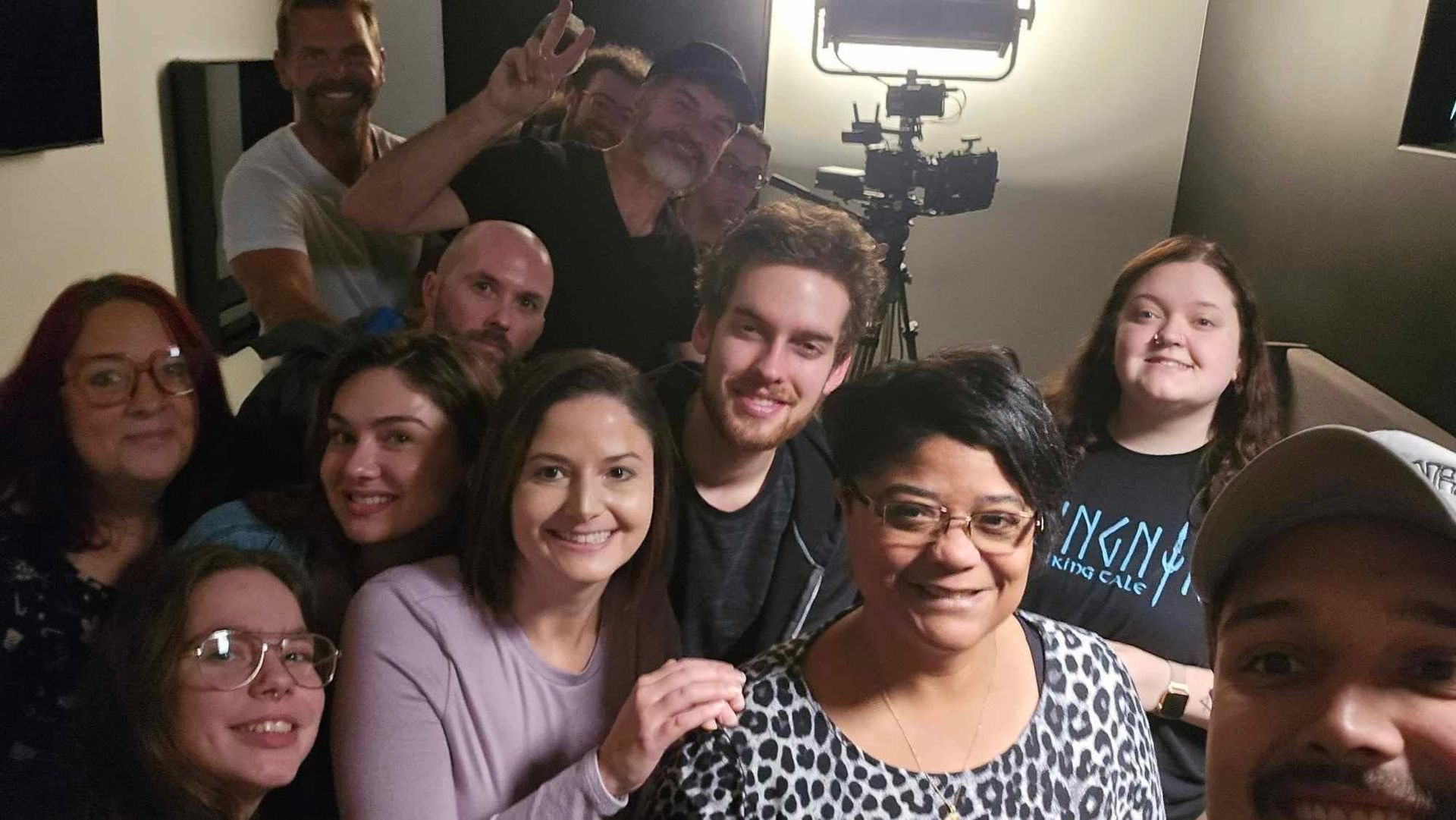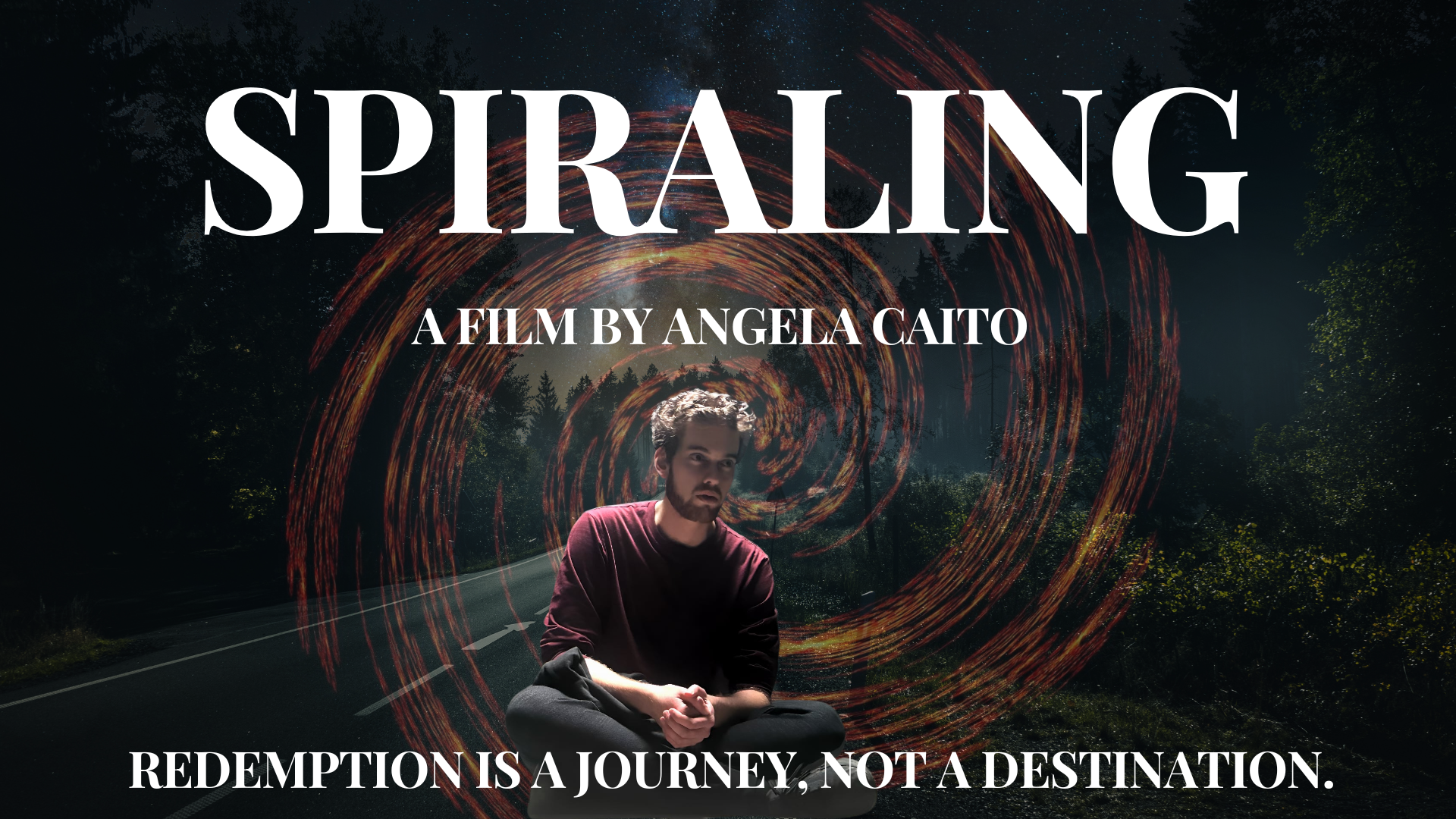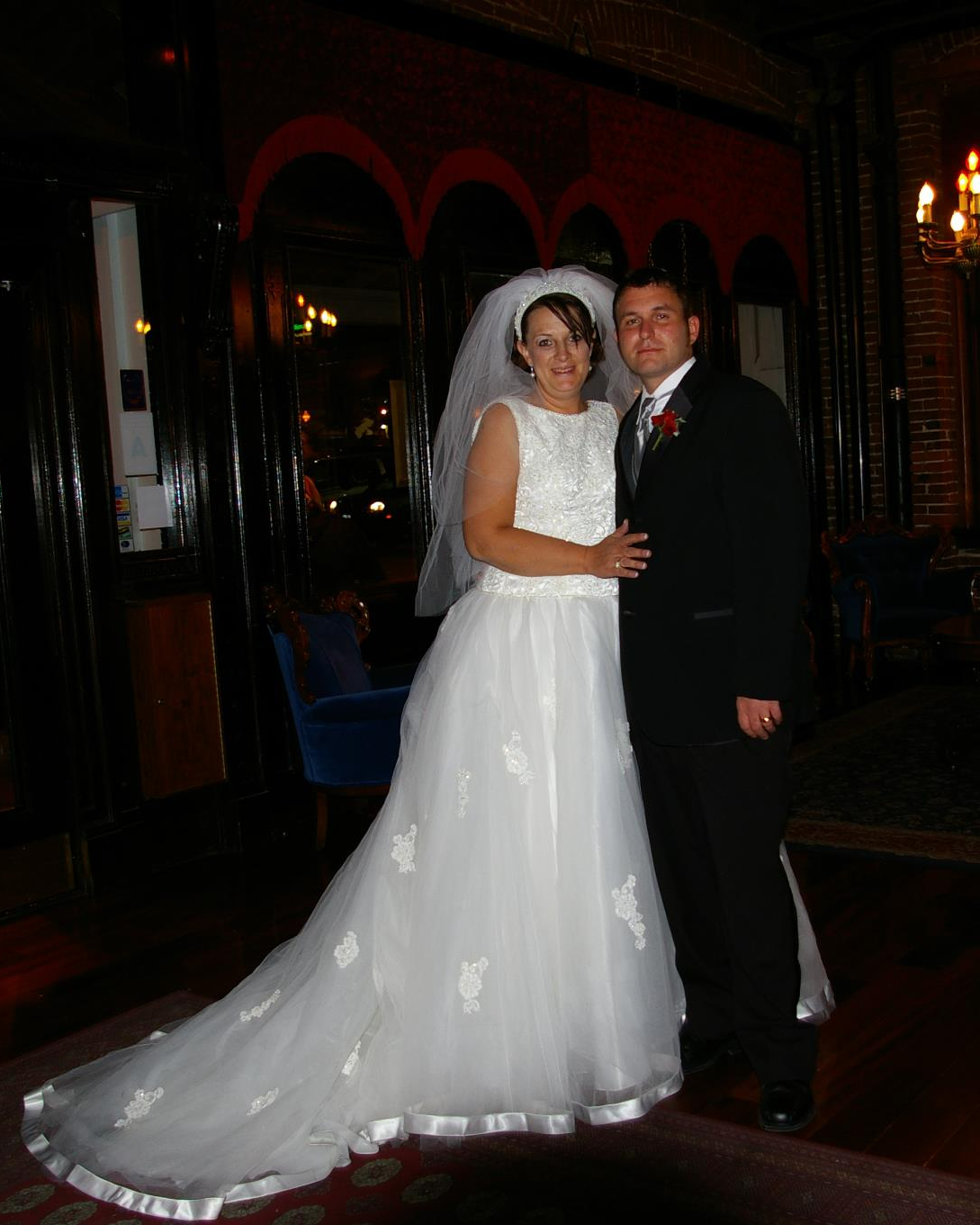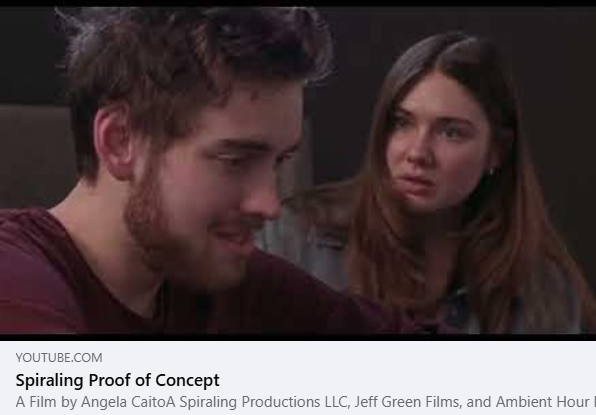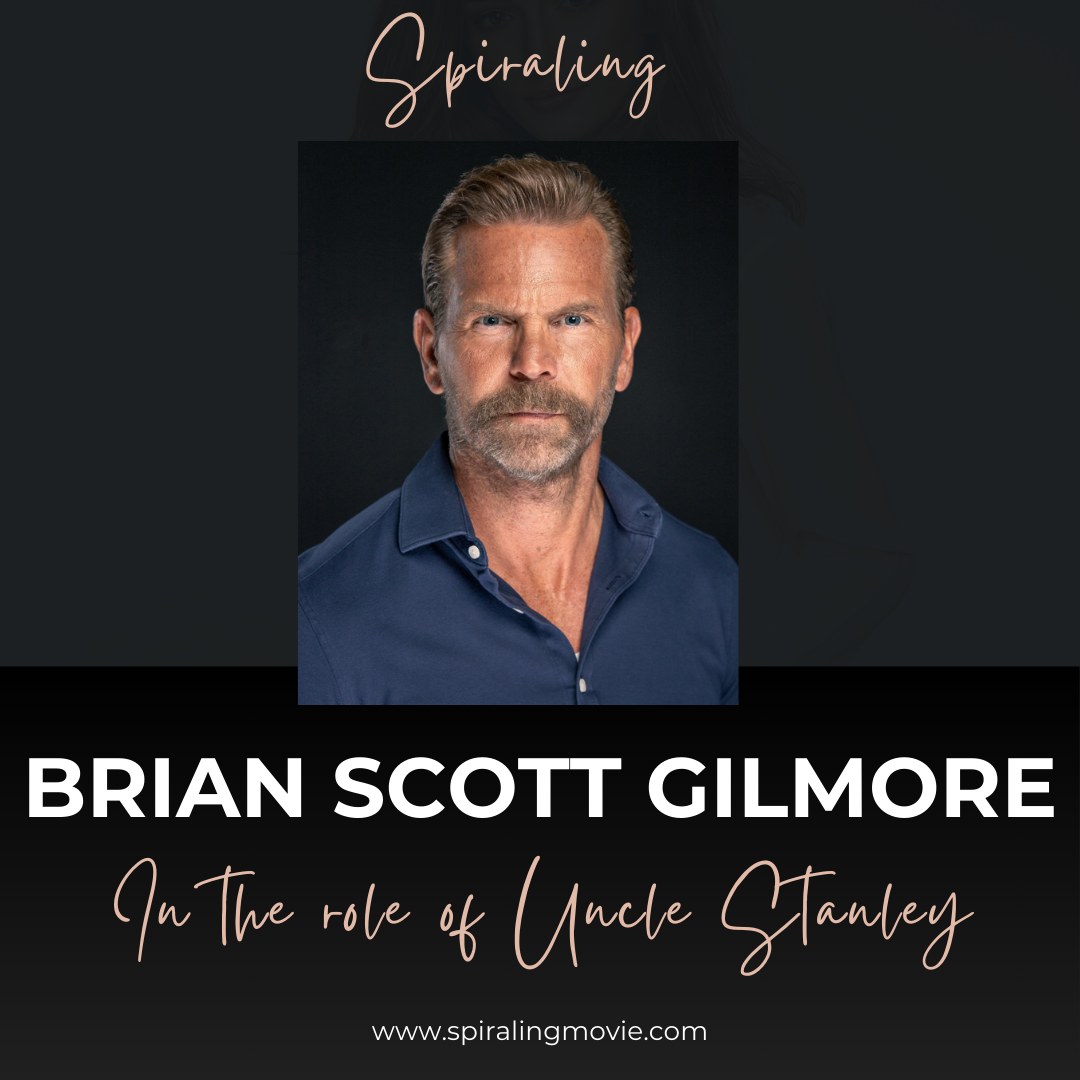You landed the role. The table read went great. You even started filming. But then, suddenly, you’re not in the movie anymore. Welcome to Hollywood, where getting cast is exciting, but staying cast is a whole different challenge.
Recasting happens more often than most people realize. Sometimes it’s before filming starts. Other times, it happens mid-shoot. Scenes get reshot, trailers are quietly updated, and fans are left wondering why a character suddenly looks like they switched bodies, and sometimes personalities too.
There are a lot of reasons actors get replaced. Some are business decisions, and others are about performance. In many cases, the change isn’t even personal. It’s about finding the best fit for the story.
Let’s talk about why actors really get recast and look at some well-known examples that might surprise you.
The Role Is Emotional, and Not Every Actor Can Go There

Some roles require actors to dig deep emotionally, and not everyone is built for that kind of vulnerability. A director might realize after filming starts that the actor isn’t connecting with the emotional heart of the character. Maybe they nail the action scenes or have great timing, but when it comes to heartbreak, trauma, or moments of raw intensity, it just doesn’t land.
That’s exactly what happened with Harvey Keitel in Apocalypse Now. He was originally cast as Captain Willard and had already started filming. But director Francis Ford Coppola felt something was missing. Keitel wasn’t capturing the internal struggles the role demanded, so Coppola made the incredibly difficult call to replace him with Martin Sheen. It was a risky move, but Sheen’s performance turned out to be one of the most iconic in film history.
Sometimes Experience Really Does Matter

There are times when an actor just isn’t quite ready to carry a lead role. Maybe it’s their first major project, and the pressure shows. That lack of experience can actually make it hard to bring on bigger names or secure the funding needed to keep a production going. It’s not always about talent. It’s about timing and being able to shoulder the responsibility that comes with a lead role.
In some cases, when a lead role doesn’t work out, the actor may still be offered a different part in the project. It’s often one that’s a better fit for where they are in their career. That way, they still get to be involved, and the production stays on track.
Famous Recasts You Might Not Have Noticed (or Totally Did)

Some casting changes are so smooth, they slip right past you. Others are so obvious, they stop you mid-episode. Here are some of the most talked-about recasts in film and TV history.
Daario Naharis in Game of Thrones
Ed Skrein first played the charming mercenary. Then, without warning or explanation, Michiel Huisman took over the role. Fans definitely noticed, but Huisman’s smooth delivery quickly won people over.
Becky Conner in Roseanne
This is probably one of the most memorable recasts in sitcom history. Lecy Goranson played Becky, then Sarah Chalke stepped in. Then Lecy returned, and then Sarah came back again. The show eventually embraced the chaos and poked fun at it, turning confusion into comedy.
The Hulk in the Marvel Universe
Edward Norton played Bruce Banner in The Incredible Hulk. But by the time The Avengers hit theaters, Mark Ruffalo had taken over. Norton’s departure reportedly came down to creative differences, while Ruffalo brought a more down-to-earth, team-friendly version of the character.
George McFly in Back to the Future Part II
Crispin Glover didn’t return for the sequel, so filmmakers used a combination of old footage and a lookalike actor. That decision led to a landmark lawsuit about using an actor’s likeness without permission and changed how contracts are written in Hollywood.
Ann Veal in Arrested Development
Michael’s girlfriend Ann who was known mostly for being forgettable, was first played by Alessandra Torresani. Later, Mae Whitman stepped in. The switch actually worked in favor of the joke. She was so forgettable, even her actress changed.
Jesus Foster in The Fosters
Jake T. Austin played Jesus in the early seasons. Then, when he left the show, Noah Centineo took over. Not only did fans embrace him, but the character actually became more popular with the new casting.
Kate Kane in Batwoman
Ruby Rose left the show after the first season. Rather than recast the same character, the writers introduced a brand-new Batwoman, Ryan Wilder, played by Javicia Leslie. It gave the show a fresh perspective and opened the door for new storylines.
Darrin in Bewitched
Dick York originally played Darrin Stephens until health problems forced him to step away. Dick Sargent took over the role, and while fans noticed, the magic of the show kept going strong.
Carol from Friends
Ross’s ex-wife Carol was played by Anita Barone in her first appearance, but Jane Sibbett stepped in shortly after and played Carol for the rest of the series. Barone reportedly left to pursue other roles, and Sibbett brought warmth and humor to the character.
Meg Griffin in Family Guy
In the show’s first season, Meg was voiced by Lacey Chabert. Mila Kunis took over the role after that and gave Meg her now-signature awkward teen energy.
Jason in Pretty Little Liars
Jason DiLaurentis was first played by Parker Bagley, then recast with Drew Van Acker, who brought a more mysterious and brooding vibe to the character.
It’s Not Always About Drama

Sometimes actors are replaced for simple, practical reasons. They may have scheduling conflicts. They might leave a project because of personal choices or health issues. Other times, the writers decide to take a character in a new direction that no longer fits the original actor’s style.
It’s not always messy. In fact, many of these decisions happen quietly and professionally behind the scenes. And when it’s handled well, audiences often don’t even mind. Or they end up loving the new version even more.
Some of the best-loved performances in TV and film history only happened because someone else stepped aside or was let go. Mark Ruffalo as the Hulk. Mae Whitman as Ann Veal. Martin Sheen in Apocalypse Now. These performances helped define their characters and took the projects to a whole new level.
What We Can Learn from These Recasts

Being recast is tough, both for the actor and the team behind the scenes. But sometimes it’s the right call. Whether it’s due to emotional depth, experience level, creative direction, or practical challenges, recasting is a common part of filmmaking.
And often, it ends up being one of the smartest decisions a production can make. After all, storytelling is all about connection. If an actor isn’t connecting well with the role, or the audience, it might just be time to pass the torch.
So the next time your favorite character suddenly looks a little different, don’t be too quick to judge. You might be witnessing the start of something even better.
Like these behind-the-scenes stories? Stick around for more insights from the world of movies, TV shows, and all the unexpected things that happen before a film ever hits the screen.
feature photo by Toni Pomar on Unsplash
